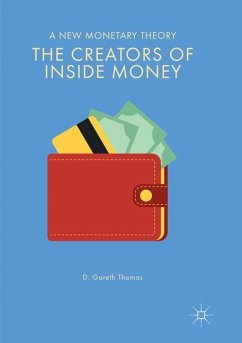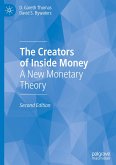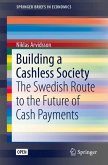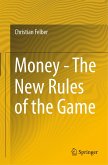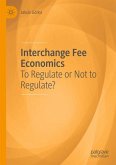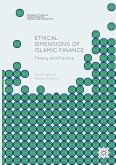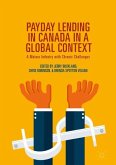The book explores the endogenous creators of inside money, the commercial banks, and their key role in igniting the 2007-8 monetary crisis and the aftermath of the Great Recession. This is an area of study overlooked by the traditional approach in the form of neo-classical analysis, a body of theory based on a barter system of exchange. Money has evolved from a construct of barter to become a medium of exchange based on fiat money and loan creation by the banking system, underpinned by legal tender, and therefore, a creature of law. It is not a phenomenon exogenously controlled by the monetary authorities and simply assumed to be a "veil" over the real economy, which just determines the absolute price level.
This monograph, in the eyes of the student, represents critical thinking and the realization of a more precise formulation of the endogenous money supply with various features systematically added in an attempt to derive a fully dynamic model of the monetary system, which will be straightforward to visualize and contrast with the benchmark approach.
This monograph, in the eyes of the student, represents critical thinking and the realization of a more precise formulation of the endogenous money supply with various features systematically added in an attempt to derive a fully dynamic model of the monetary system, which will be straightforward to visualize and contrast with the benchmark approach.

